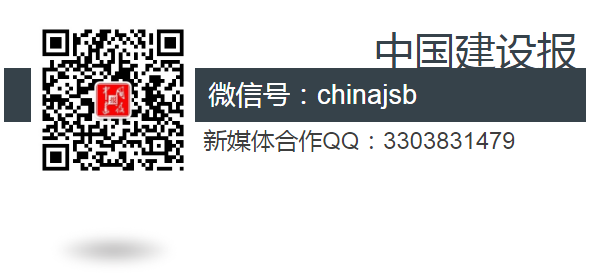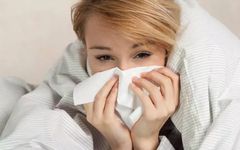Colds can be categorized into different types.
Generally, they are classified as wind-heat colds and wind-cold colds.
How can we distinguish between wind-cold and wind-heat colds?

Differences Between Wind-Cold and Wind-Heat Colds
1. Different Causes
Wind-cold colds are caused by the invasion of wind-cold evil and the failure of lung qi to disperse.
Wind-heat colds are caused by the invasion of wind-heat evil and the disharmony of lung qi.
2. Different Symptoms
Symptoms of wind-cold colds: severe chills, mild fever, no sweating, headache and body aches, nasal congestion with clear discharge, cough with thin white phlegm, no thirst or preference for hot drinks, and a thin white tongue coating.
Symptoms of wind-heat colds: severe fever, slight aversion to wind, headache with a feeling of fullness, sweating, red and swollen sore throat, cough with sticky or yellow phlegm, nasal congestion with yellow discharge, thirst with a preference for cold drinks, red tongue edges, and a thin white tongue coating with slight yellow.
3. Different Fever Patterns
Wind-cold colds: Due to the invasion of wind-cold evil, which is a yin evil, its nature is to congeal and close, thus restraining the body’s yang qi, resulting in mild fever and a greater sensitivity to cold; at the same time, the pores are closed, leading to no sweating.
Wind-heat colds: Due to the external invasion of wind-heat rather than wind-cold, they primarily present with fever, and the aversion to wind and cold is less pronounced, or may only manifest as a dislike of wind; at the same time, wind-heat is a yang evil, which steams the muscle surface, leading to a relaxed muscle layer, hence sweating occurs but does not alleviate the condition.

4. Different Phlegm and Nasal Discharge
Wind-cold colds produce phlegm that is clear and thin, and similarly, the nasal discharge is clear and not turbid.
Wind-heat colds produce phlegm that is turbid and sticky, and the nasal discharge is also turbid and appears yellow.
5. Different Occurrence Seasons
Wind-cold colds often occur in cold seasons, such as winter, late autumn, and early spring, as a result of exposure to cold evil.
Wind-heat colds often occur in warmer seasons, such as spring, early summer, and early autumn, due to the invasion of wind-heat evil.
6. Different Triggers
Wind-cold colds are usually triggered by fatigue, lack of rest, and exposure to wind or cold. If not treated promptly or appropriately, wind-cold colds can lead to internal evil causing constipation or diarrhea; in fact, diarrhea following a wind-cold cold is considered a transformation in TCM, as the disease enters from the outside, so one should not casually use anti-diarrheal medications.
Wind-heat colds are usually triggered by constipation; typically, this occurs when constipation lasts for two days, followed by a sore throat for a day or two, and then cold symptoms appear, which is indicative of a wind-heat cold (it can also be due to external heat evil first attacking the lungs). The lungs and large intestine are interrelated, and poor bowel movements can affect the lungs, leading to cold symptoms.
Treatment Methods for Wind-Cold Colds
1Ginger and Brown Sugar Water
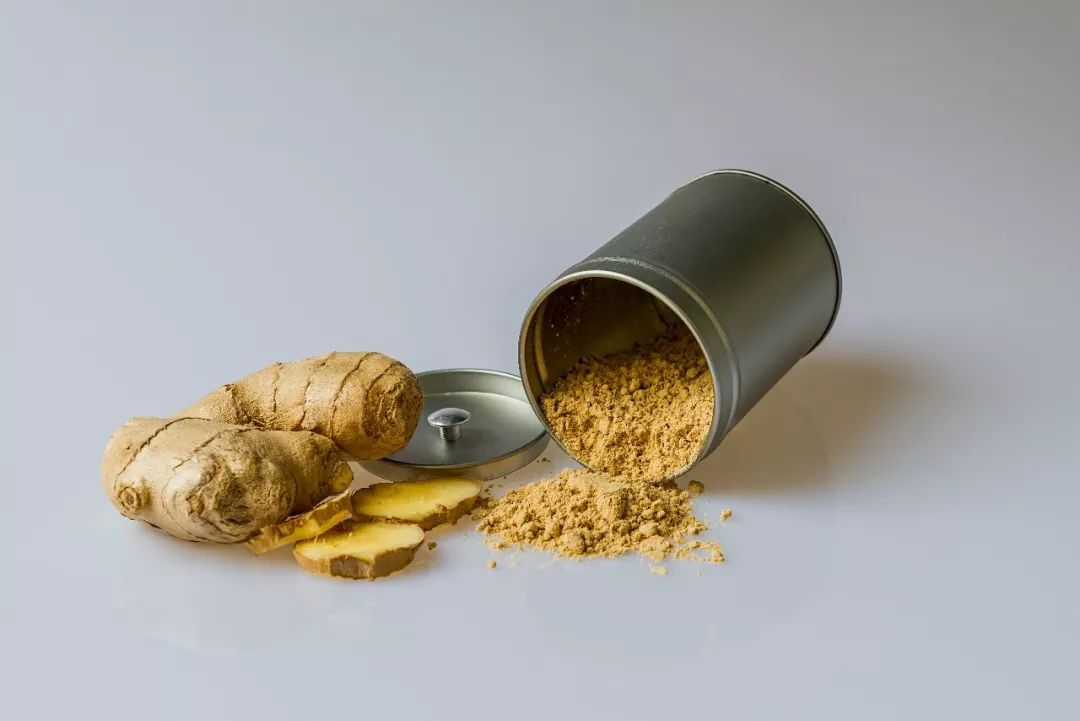
Ingredients: Ginger, brown sugar.
Preparation: After preparing the two ingredients, brew them with boiling water and drink instead of tea.
Effect: Dispels wind-cold. Suitable for patients with wind-cold colds.
2Scallion White Porridge
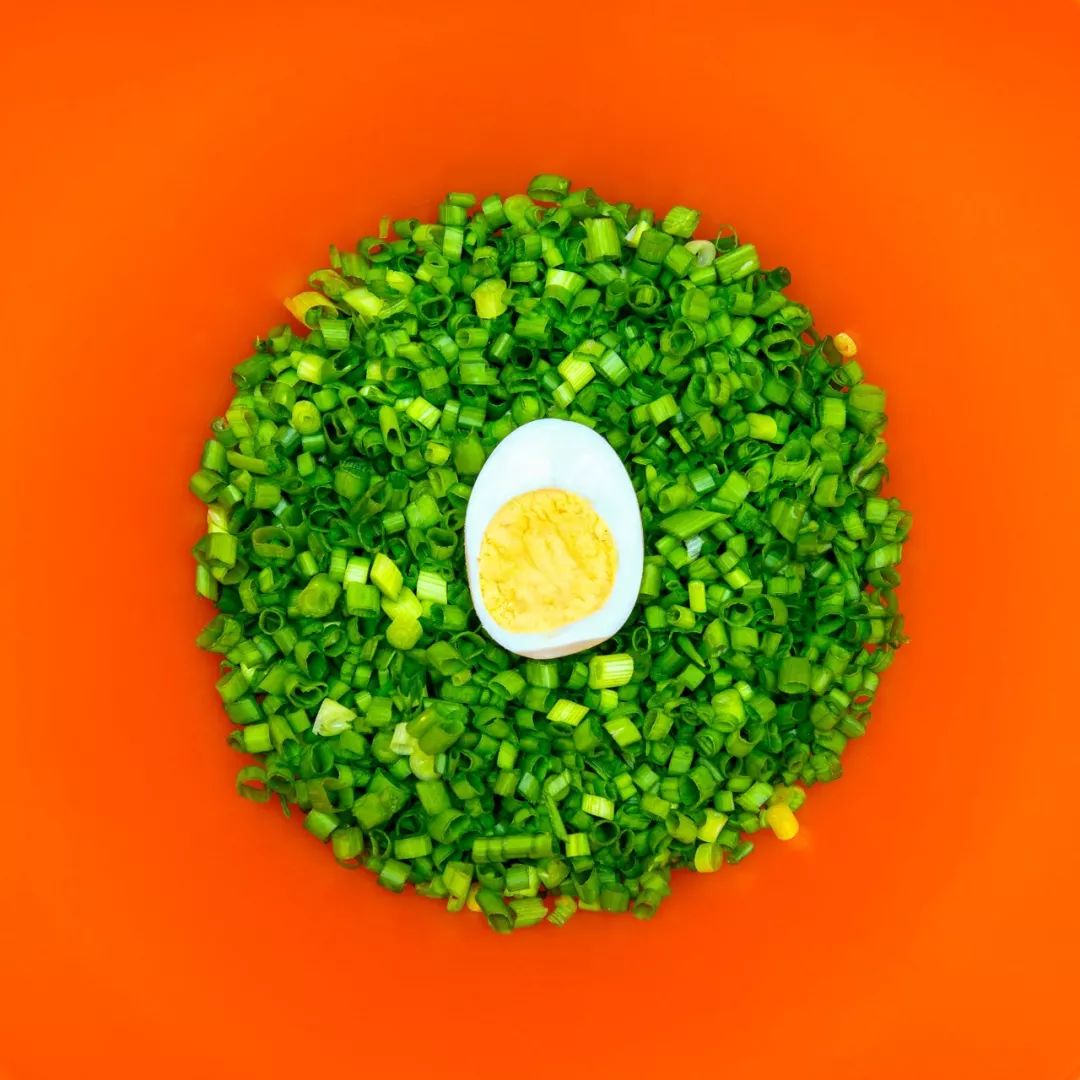
Ingredients: Scallion whites, ginger, glutinous rice, vinegar.
Preparation: Mash the ginger, wash the glutinous rice, and cook it into porridge; once the porridge is ready, add the mashed ginger, scallion whites, and rice vinegar, stir well, and it is ready to serve.
Effect: Dispels wind-cold. Healthy individuals consuming this can also enhance their immune system.
3Scallion Vinegar Porridge

Ingredients: Whole scallion whites, rice, vinegar.
Preparation: Clean the scallion whites and cut them into sections; wash the rice; place the scallion whites in a pot with water to cook, and when it boils, add the rice to make porridge; once the porridge is cooked, add a small amount of vinegar, stir well, and it is ready.
Effect: This recipe is recommended to be taken every two days, once or twice a day, and continuing for two doses can effectively induce sweating and release the exterior.
4Perilla Porridge
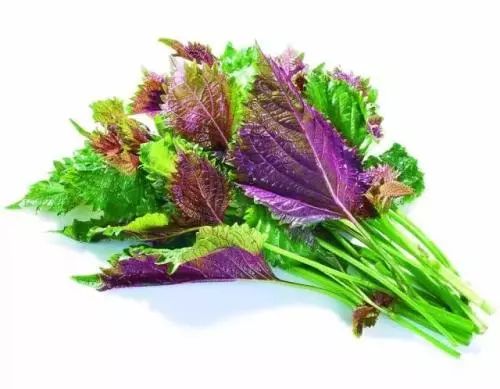
Ingredients: Rice, perilla leaves.
Preparation: Wash the rice and cook it into porridge; once the porridge is ready, add the washed perilla leaves, stir well, and serve once it boils.
Effect: This recipe is very suitable for patients with wind-cold colds, and it is recommended to consume it hot to effectively restore health.
Treatment Methods for Wind-Heat Colds
1Peppermint Porridge
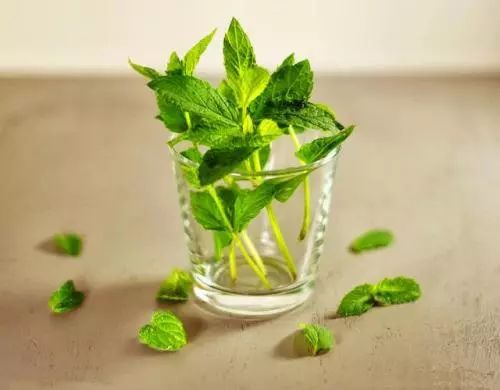
Preparation: Brew peppermint to extract the juice and let it cool, then add japonica rice and water to cook porridge; when the porridge is nearly done, add the peppermint juice and an appropriate amount of rock sugar.
Effect: This drink is most suitable for those with wind-heat colds. It is best consumed warm to induce sweating.
Peppermint is a key herb for dispersing wind-heat, and adding japonica rice and rock sugar to make porridge can promote sweating and protect the stomach.
2Sang Ju Yin (Mulberry Leaf and Chrysanthemum Drink)
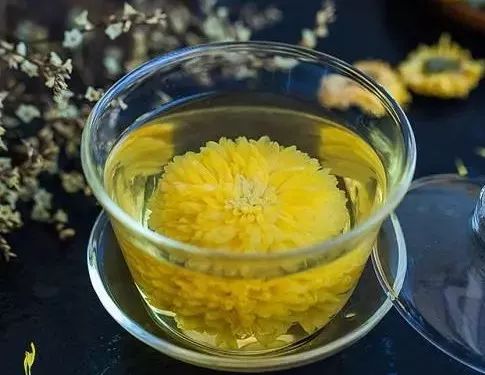
Preparation: Combine mulberry leaves, chrysanthemum, peppermint, bitter bamboo leaves, and a little honey, add an appropriate amount of water, boil, and drink frequently as tea.
Effect: Mulberry leaves clear lung heat. Chrysanthemum disperses wind-heat and brightens the eyes while calming the liver.
Peppermint is a key herb for dispersing wind-heat and can quickly relieve symptoms such as fever and headache. It is also suitable for patients with high blood pressure or those experiencing headaches and blurred vision.
3Fritillaria and Codonopsis Steamed Pear
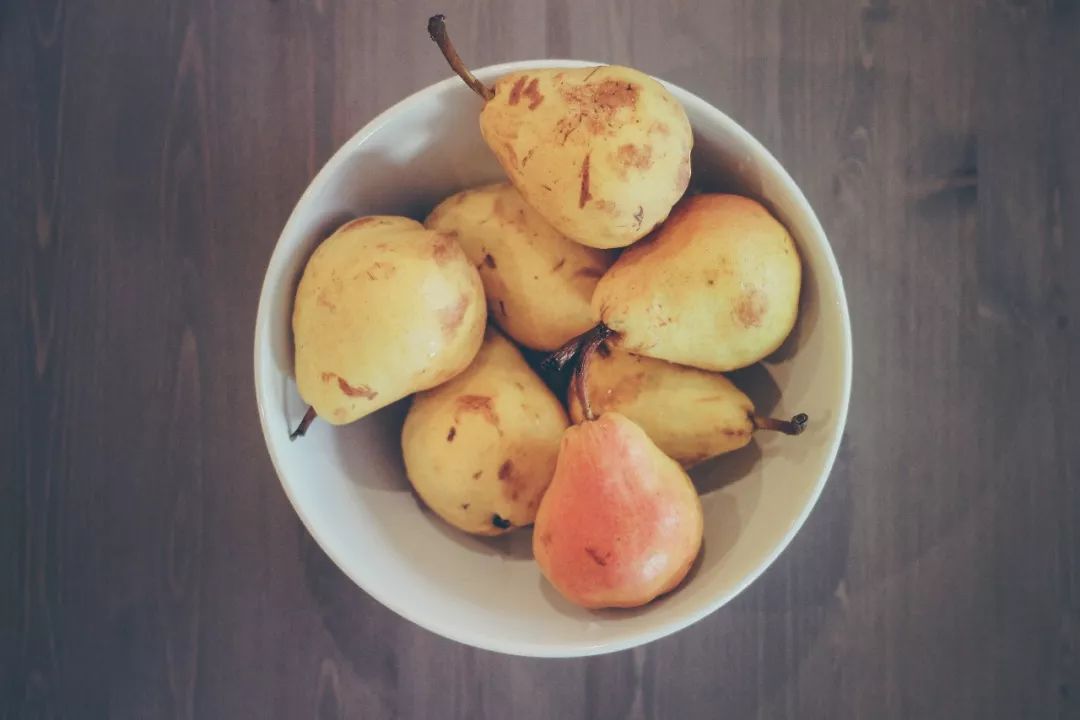
Preparation: Peel and core one pear, fill it with fritillaria, codonopsis, peppermint, and rock sugar, place it in a bowl with water, and steam until cooked; consume in the morning and evening for several days.
Effect: This soup moistens dryness and stops cough, transforms phlegm, and clears the lungs, especially suitable for the elderly and children suffering from cough due to heat injury after a cold, or symptoms such as dry throat, yellow phlegm, or constipation.
This article is sourced from: 99 Health Network
